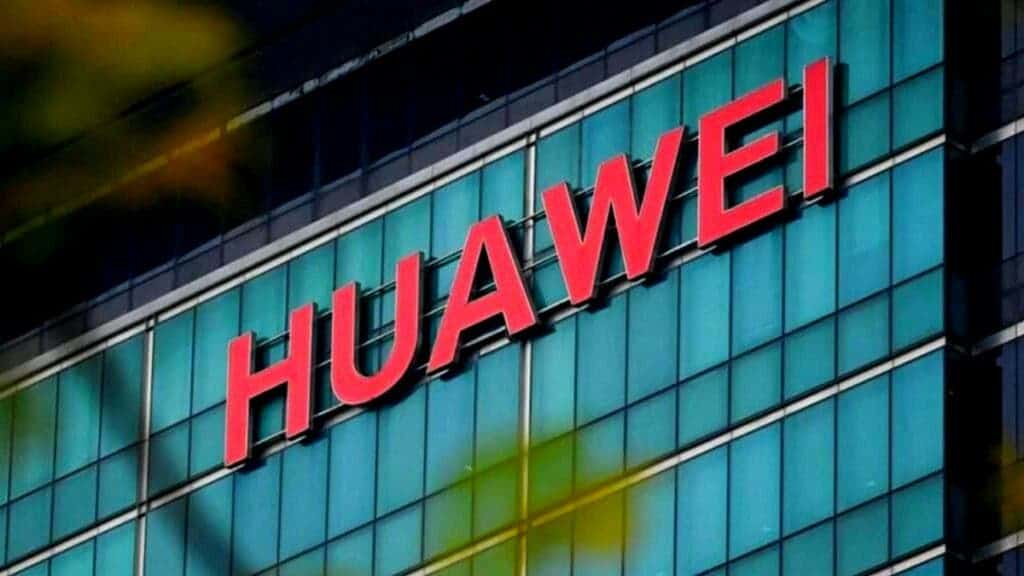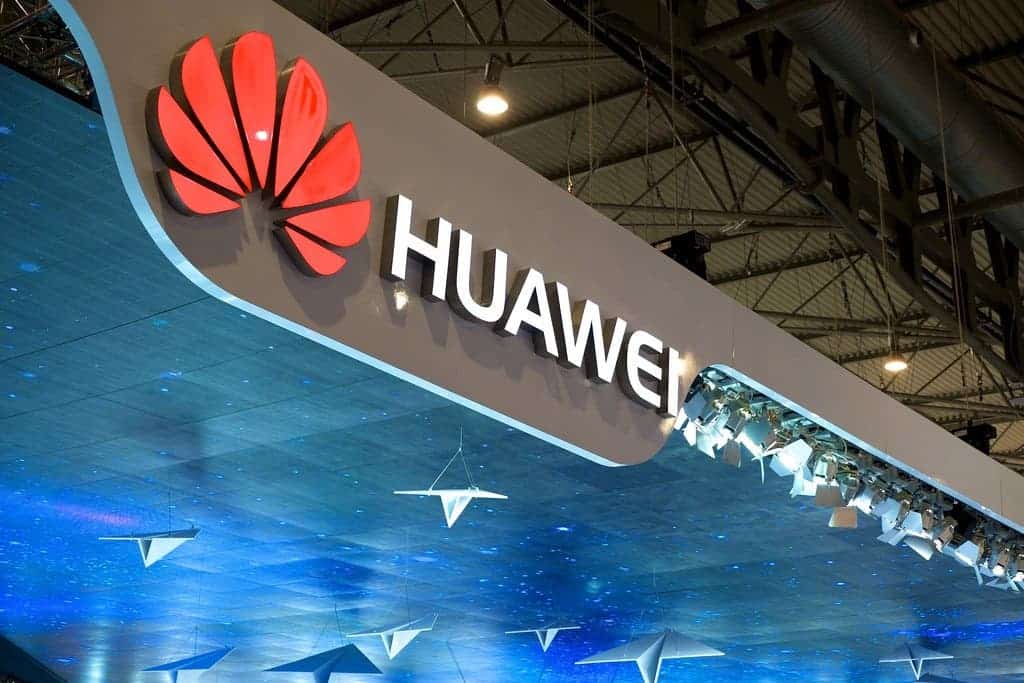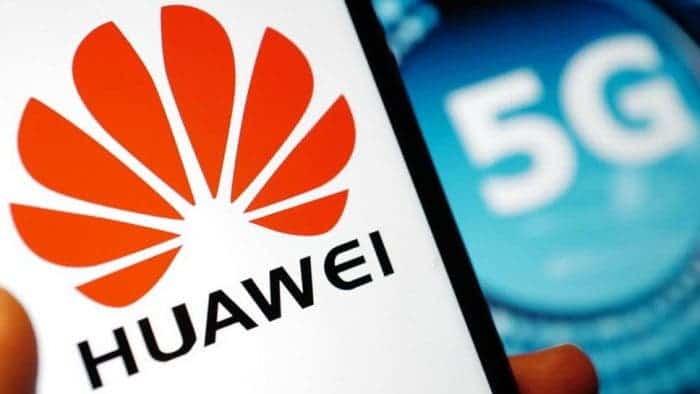Chinese manufacturing giant, Huawei is pursuing a plan to try to handle the packaging process of NAND flash memory by itself. This is part of the company’s attempt to realize the autonomy of the semiconductor supply chain. The report claims that Huawei plans to purchase NAND flash memory wafers for the implementation of the follow-up plan. At present, relevant facilities have been built for this purpose, and a comprehensive mass production system is expected to be established in the second half of this year.

Relative to other products, NAND flash memory is easier to procure in China and the development difficulty is not so high. Among Chinese enterprises, YMTC has gradually made a name for itself in the semiconductor industry. Its market share has also increased from 1% in 2020 to 3% last year.
The NAND flash memory that Huawei purchased this time was also obtained from Changjiang Storage. As for the follow-up cooperation plan, it is still relatively mysterious.
Huawei complete preliminary verification of 5G-Advanced synaesthesia technology
Under the guidance of the IMT-2020 (5G) Promotion Group of the China Academy of Information and Communications Technology, Huawei completed the world’s first 5G-Advanced communication sensing integration technology verification in the Huairou Outfield. This test successfully verified the application of synesthesia integration in smart traffic and park intrusion detection. The detection distance of the synesthesia integrated base station exceeds 500 meters. The location accuracy reaches the lane level, and the detection accuracy rate for vehicles and pedestrians reaches 100%. Furthermore, the verification of synaesthesia will provide an important reference for the application and technological innovation of synesthesia.

Synaesthesia integration is one of the important innovation directions of 5G-Advanced. It integrates perception capabilities in communication systems. It also uses wireless signals to provide real-time environmental perception and opens up application space beyond traditional connections. This technology then builds a bridge for interaction between the real world and the virtual world.
This all-in-one test uses 3GPP 5G signals in the millimeter-wave band to verify its ability to sense vehicles and people in various business scenarios such as smart transportation and park intrusion detection. Under the condition that the proportion of perception resources does not exceed 15%, the test results show that the detection distance of 5G synaesthesia is more than 500 meters. This is more than double the coverage distance of the on-site traffic radar.
Huawei will continue to actively participate in the work of the IMT-2020 (5G) promotion group. The company plans to carry out testing and verification of low-altitude security and other scenarios in 2022.





